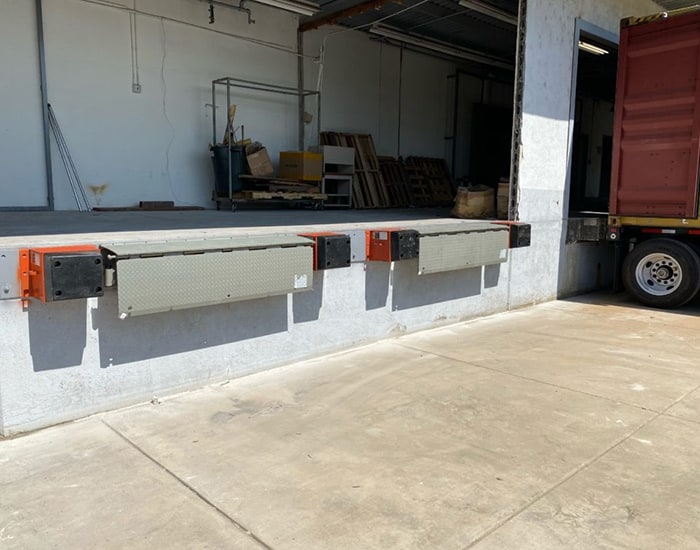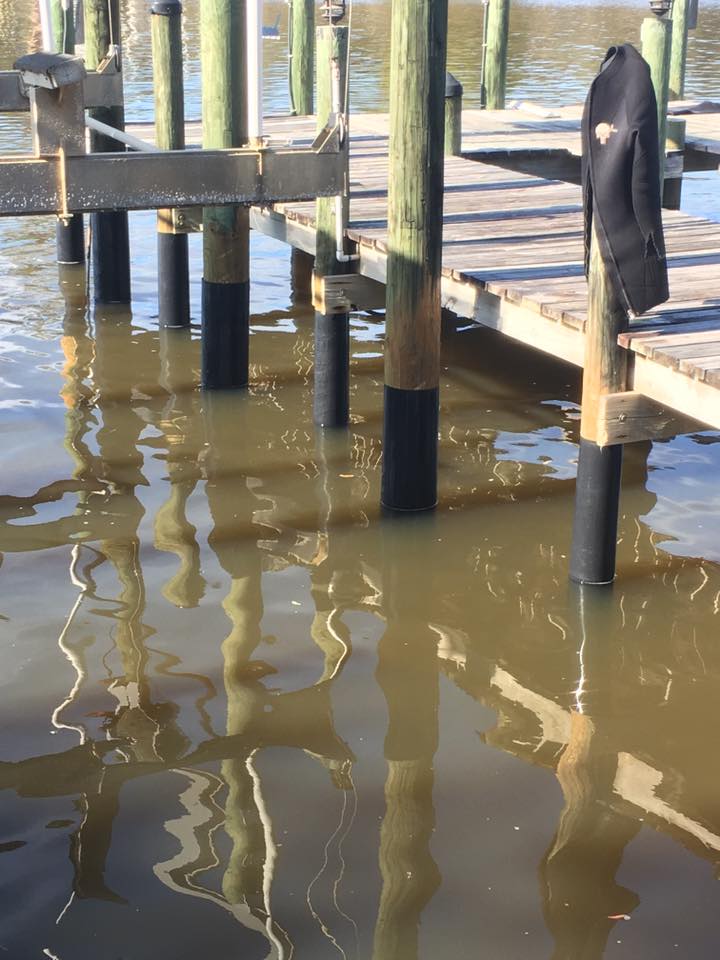Efficient Dock Repair Work Techniques: Making Certain Structural Stability
Guaranteeing the architectural stability of anchors via efficient repair methods is vital for the long life and security of aquatic facilities. Subsequently, selecting the appropriate fixing materials, such as corrosion-resistant alloys and composite materials, is essential for durability.
Analyzing Dock Damage
Assessing dock damages is an important first action in making sure the architectural honesty and safety and security of any type of docking facility. This initial evaluation entails a detailed examination to recognize both hidden and visible problems. Trick aspects to take a look at consist of the dock's structure, pilings, outdoor decking, and equipment. Each element has to be inspected for indicators of wear, rot, rust, or other forms of deterioration that can compromise the structural honesty.
Structural designers or certified inspectors generally execute these evaluations utilizing specialized strategies and tools. As an example, undersea assessments may use finder tools or remotely operated cars (ROVs) to spot immersed damages. Above water, visual evaluations are complemented by utilizing moisture meters and other diagnostic tools to discover underlying problems not immediately noticeable to the nude eye.

Picking Fixing Products
Picking the ideal repair work materials is an essential step in the dock repair procedure, one that directly influences the long life and performance of the repaired framework. Product selection should be driven by factors such as environmental problems, load-bearing needs, and compatibility with existing dock parts. Wood is a typical choice for anchors due to its natural resilience and visual allure. Selecting the right type of timber, such as pressure-treated lumber or normally rot-resistant varieties like cedar or teak wood, is crucial to hold up against marine atmospheres.
Along with wood, composite products are significantly prominent as a result of their toughness and low maintenance requirements. Compounds, generally made from a mix of plastic and timber fibers, supply excellent resistance to rot, pests, and UV damages. For metal docks, choosing corrosion-resistant alloys such as galvanized steel or marine-grade aluminum is important to avoid rust and ensure architectural stability in saline water conditions.
Epoxy resins and marine-grade sealers are essential for fixing fractures and securing joints, supplying a water-proof obstacle and boosting the dock's total strength. By thoroughly picking high-grade materials, dock repairs can attain resilient results, thus safeguarding versus future degradation and making certain safe, trustworthy usage.
Structural Support Strategies
Efficient structural reinforcement techniques are essential in guaranteeing the security and long life of dock repairs. This method is especially efficient for anchors exposed to heavy loads or harsh environmental conditions.
Another essential technique is the application of fiber-reinforced polymers (FRP) These materials offer high strength-to-weight ratios and outstanding resistance to rust, making them optimal for reinforcing concrete or wood docks. FRP can be applied in sheets or strips and adhered with epoxy resins to boost structural honesty.
Supporting and anchoring systems also play a crucial duty in structural support. Cross-bracing, utilizing metal or wooden beams, can neutralize lateral forces, lowering guiding and movement. Anchoring systems, such as helical piers or driven piles, offer a secure foundation by transferring lots to deeper, more stable dirt layers.
Finally, the combination of load-distribution plates can assist distribute weight a lot more equally across the dock's surface, mitigating localized anxiety factors. These techniques collectively make certain that docks remain robust and risk-free, qualified of enduring the rigors of their functional environment.
Advanced Fixing Techniques

An additional sophisticated technique includes undersea welding, which enables fixings to be performed description without the demand to dewater the area. This approach is particularly beneficial for dealing with architectural concerns in submerged dock components, making certain minimal disruption to operations. Improved welding methods, paired with robotic systems, deliver accuracy and dependability, consequently prolonging the life-span of the dock.
Additionally, cathodic protection systems are applied to avoid rust click to find out more in metal dock structures. By making use of sacrificial anodes or amazed existing systems, these methods successfully alleviate important link the electrochemical processes that bring about material degeneration.
Last but not least, progressed surveillance modern technologies, such as architectural health and wellness monitoring (SHM) systems, offer real-time data on the problem of dock structures. These systems enable positive maintenance and prompt treatments, ultimately guaranteeing the long-term structural stability of the dock.
Upkeep and Avoidance
Upkeep and prevention are fundamental ideas that underpin the long life and safety and security of dock structures. Normal inspections are extremely important, permitting very early discovery of damage, potential weak points, and environmental impacts. A positive method, entailing regular checks for corrosion, rot, and structural shifts, alleviates costly repairs and prolongs the dock's operational life.
Safety nets must include applying safety finishes to metal elements to defend against rust and making use of treated timber to resist decay. In addition, making sure correct water drainage and air flow can protect against water build-up, which is a common cause of architectural deterioration. Incorporating high quality materials and sticking to supplier guidelines during building and construction and repair service stages also play important roles in enhancing resilience.

Training personnel in dock upkeep ideal methods makes sure regular application of preventative procedures. Leveraging technological advances, such as drones for assessments and sensing units for real-time surveillance, can better enhance maintenance initiatives. By prioritizing maintenance and avoidance, dock owners can make certain architectural stability, operational safety, and affordable management over the dock's life expectancy.
Verdict
In verdict, maintaining the architectural stability of marine centers requires thorough dock repair work techniques. Advanced fixing techniques, paired with regular maintenance techniques, ensure the dock stays functional and secure under varied ecological conditions.
Ensuring the architectural stability of docks via reliable fixing methods is extremely important for the long life and safety and security of marine facilities.Choosing the ideal repair service products is a crucial step in the dock reconstruction procedure, one that straight influences the longevity and efficiency of the repaired framework.Efficient architectural support methods are vital in guaranteeing the stability and durability of dock fixings. By prioritizing maintenance and avoidance, dock owners can make certain structural stability, functional safety, and economical administration over the dock's lifespan.
In final thought, maintaining the structural stability of marine centers requires comprehensive dock fixing strategies.